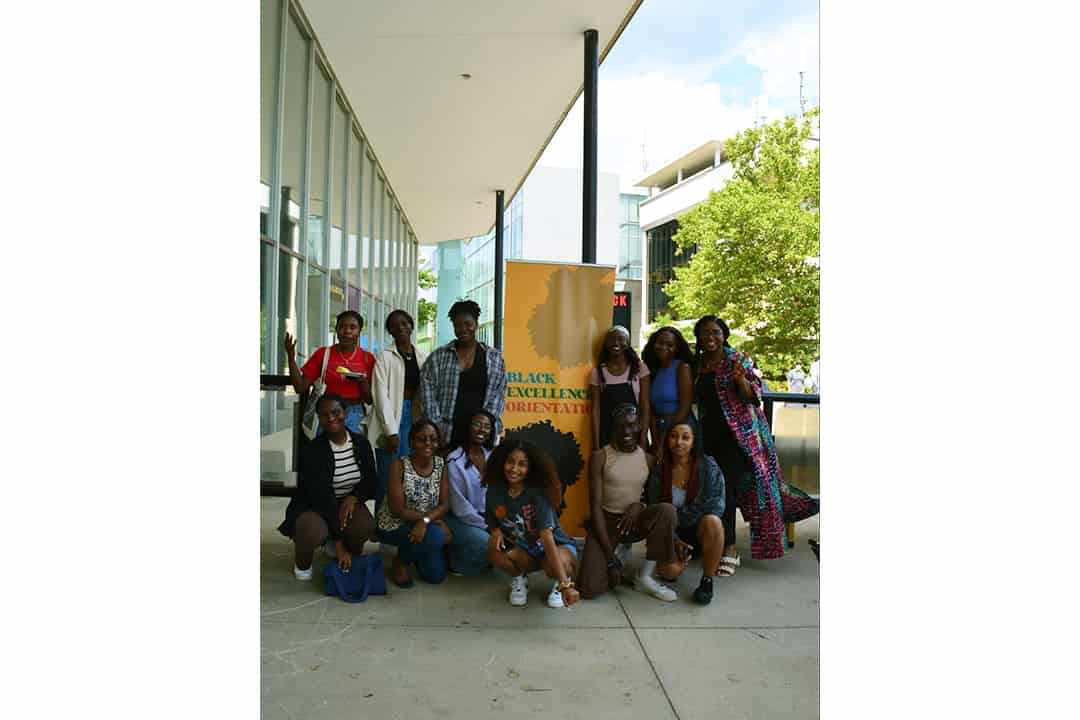The UTM Centre for Student Engagement held its second ever Black Excellence Orientation on August 18 and 19. The event presented opportunities for students who self identify as Black to strengthen the Black community at UTM and provided information on available resources to attendees.
The orientation adopted a hybrid model in which students were able to engage in both online and in-person events, including talent performances, panel discussions, and a barbeque.
U of T’s anti-Black racism report
In an interview with The Varsity, Tomike Babajide — UTM’s community engagement coordinator, access and outreach — discussed how the orientation was planned and its goals.
“[The orientation] aligned with the U of T Anti-Black Racism [Task Force] report… to help with the inclusion of students on campus,” Babajide explained.
Published in March 2021, U of T’s Anti-Black Racism Task Force’s final report outlined 56 recommendations to guide the university in combating systemic anti-Black racism. The university accepted all of the recommendations and organized a website to track its progress on implementing them.
As a part of the Students & Curricula recommendations in the final report, the task force suggested that the university create “central and divisional Black student welcome orientation day(s)” in order to increase the rate of Black student representation at U of T.
According to the tracking website, the university has made a total of 61 commitments based on the report’s recommendations, nine of which have been labelled complete.
Connecting clubs
Babajide explained that such means of promoting inclusion on campus are very important because “even amongst the Black community, everyone’s experience is different.”
Kayja Edwards, a student staff member, invited multiple student groups, including the Black Student Association, UTM African Student Association, Caribbean Connections, and UTM Black Literature Club, to be a part of the orientation.
Babjide explained that Edwards played “a huge role” in the brainstorming phase of the orientation planning. Edwards met with the involved student groups on a weekly basis and helped execute ideas for the event.
Building community and resources
Babajide noted that one of the main goals of the orientation was to help build community for Black-identifying students beginning their studies at UTM.
She believes that UTM could support Black-identifying first-year students’ transition into postsecondary school by fostering connections with Black-identifying staff.
The other main goal of the event was to inform incoming first years of the student resources available to them.
The Centre for Student Engagement created a booklet listing several on-campus resources that may be helpful and relevant for incoming first-year students. Some of the listed resources include Degree Explorer, resources provided by academic advisors, accessibility services, and a variety of financial aid services that UTM provides.
The booklet also includes job boards and training opportunities to help Black-identifying incoming students plan their careers.
Additionally, the booklet provides a list of off-campus resources. It highlights internship opportunities offered through the Vector Institute for Black and Recent Grads and the Black Alliance Internship Program, as well as mental health services provided by Black-identifying counsellors in the Greater Toronto Area.


